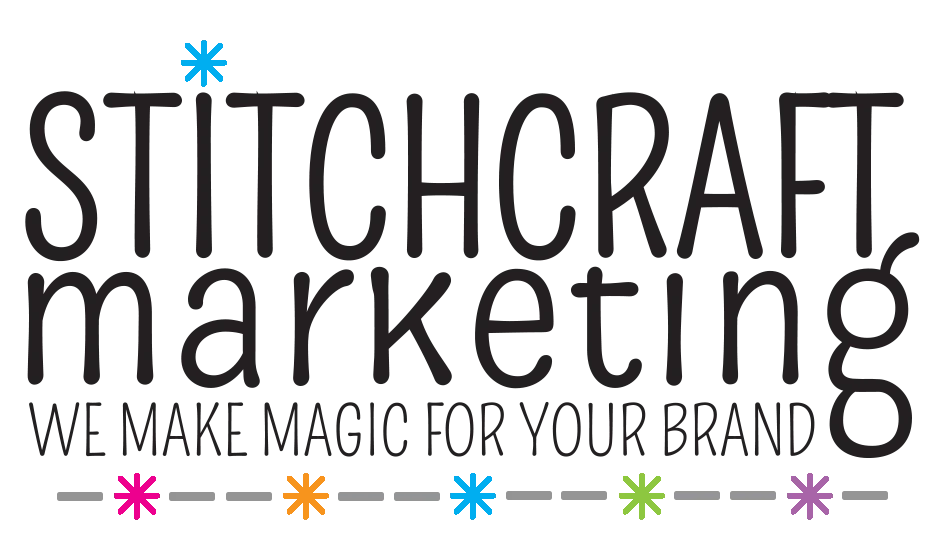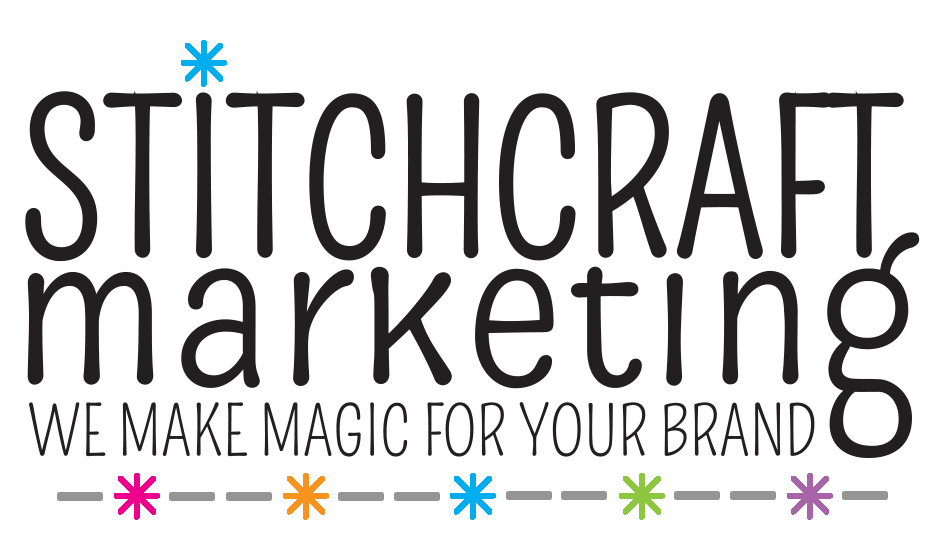22 Mar Navigating Mobile Transactions & QR Codes
Collecting Payments in the Wild
Selling your goods at local markets, craft shows, or trade shows is a great way to expand your brand awareness and reach new customers. You are going to them instead of them finding you. Accepting payments on-the-go is a strong component of your booth or table set up—even if it’s a pop-up event where others sell your merchandise. Your customers need to be able to swipe, dip, or tap their way through an easy purchase.
Luckily, technology is on your side. There are so many great options to collect digital payments, from customers at a market to an in-person meeting with a client in their home. There are many tools that offer an easy way for your customers to transmit or transfer payments. Some methods of accepting payments run right through an app on your phone or tablet, while others require a small bit of unobtrusive hardware.
Tools for Mobile Payments
Some mobile payment tools include hardware, like Square and PayPal; some run on an app, like Shopify; and some transfer money from one account to another, like Venmo and Zelle. These modern payment methods can translate to more sales and faster transactions.
Let’s break down payment systems that work with your ecommerce stores. For example, Square is a great device and system that accepts payment from credit cards, mobile payment systems like Apple Pay, Google Pay, Cash App Pay, and layaway services like Afterpay. Mobile payment systems allow users to enter their credit card information into a secured digital wallet so that they can use their mobile devices for payments. With these various systems, you can customize your checkout page and share payment links easily, and your customers don’t need their own Square account to make payments.
Square readers (or hardware) make it easy to scan credit cards in the wild and include a range of product options, like a scanner that plugs into your phone, a contactless chip reader, and a checkout terminal. Go as big or small as you’d like. Square is free to get started, but has processing fees of 2.6% + 10 cents per transaction.
Similarly, PayPal Zettle performs as easily as Square, but also integrates with QuickBooks and WooCommerce. Plus, you can perform invoicing functions, inventory management, and your customers don’t need their own PayPal account to make payments. You can create a free account and purchase the reader for $29. The transaction fees are 2.29% + 9 cents per transaction.
Already have an online store built with Shopify? Shopify also offers point of sale tools such as card readers, scanners, and tablet stands. And, like PayPal, Shopify also offers similar features, like a range of payment options and inventory management so there is no reconciling after your show because the inventory is the same home and away. A huge time saver!
Using Card Readers
Square, PayPal, and Shopify all offer card reader options. Using a card reader is a great way to quickly process credit card purchases. Credit card companies and customers alike will appreciate the inherent safety of swiping the card instead of manually entering account numbers.
However, sometimes you may be dependent on a consistent Wi-Fi connection at a market or trade show. Manual entry might be the only way to finish a transaction. It’s not a deal breaker, just something to keep in mind. Square stores swiped credit card information even without a wifi signal, but you must connect to wifi within 24 hours to permanently store the information.
Transferring Funds as Method of Payment
Zelle and Venmo are great options for quickly sending money. So much so they have become a verb! They are easy to set up, use, and require no additional pieces of hardware. You are literally accepting money into a valid bank account or transferring funds through an app.
As such, these options are less expensive. But they don’t offer any other bells or whistles like inventory management. It’s also worth noting that, unlike the other payment methods we described, your customer will need an app to use the service.
Sharing More with QR Codes
Along with accepting funds in the wild, we can also easily share information with QR codes. A QR code is a scannable barcode that directs customers to a site or landing page. Customers can access them through their smartphone cameras, which read the code and then generate a website link. It’s a great resource for sharing information with your customers at live events, like markets and trade shows.
There are many ways to use a QR code. Here are just a few ideas:
- To direct customers to your Venmo or PayPal account
- To direct customers to a landing page, like a newsletter signup form
- To allow easy access to your online store
- For contest entries or giveaways
- To link to a customer survey or customer feedback form
- To share additional product information or videos
- To share a discount
- To share free digital downloads
All your customers need to do is point, click, and they are at your store or landing page in seconds. There are several QR code generators to try, like QR Code Generator, QR Code Monkey or Beaconstac. Canva Pro has also introduced a QR Code Generator. Find one you like and start generating these versatile codes.

Try scanning this QR code with your phone!
QR Codes Lead to Landing Pages
A landing page is a standalone web page created specifically for a marketing or advertising campaign. Using a QR code directs your customers to a landing page to access information, watch a product video, or complete an action like making a purchase.
There are many tools available for creating landing pages. If you use Shopify, Squarespace, Wix, or similar website builders, creating a page is already part of the overall website process. But you can also use your email marketing tools to work this magic as well. For example, tools like Mailchimp, ConvertKit, and Constant Contact allow for easy newsletter sign up landing pages. Additionally, social media tools like bio link tools for Instagram can achieve the same goals. Tools like Linktree, Tap.Bio, and Leadpages act as perfect micro landing page builders.
There are so many options for accepting payments out in the wild and sharing or collecting information. Accepting funds in a variety of ways can help you remain flexible with easy purchasing options. We hope we’ve inspired you to consider the possibilities of accepting mobile payments, using QR codes, or building landing pages. Looking for ways to incorporate these tools into your marketing plans for the year? Stitchcraft Marketing is a marketing agency of crafting experts. We customize every program to showcase your brand, engage your customer base, and generate sales in a way that is nothing less than magical. If you’d like help setting up new payment method or landing page, contact Stitchcraft Marketing today!


No Comments